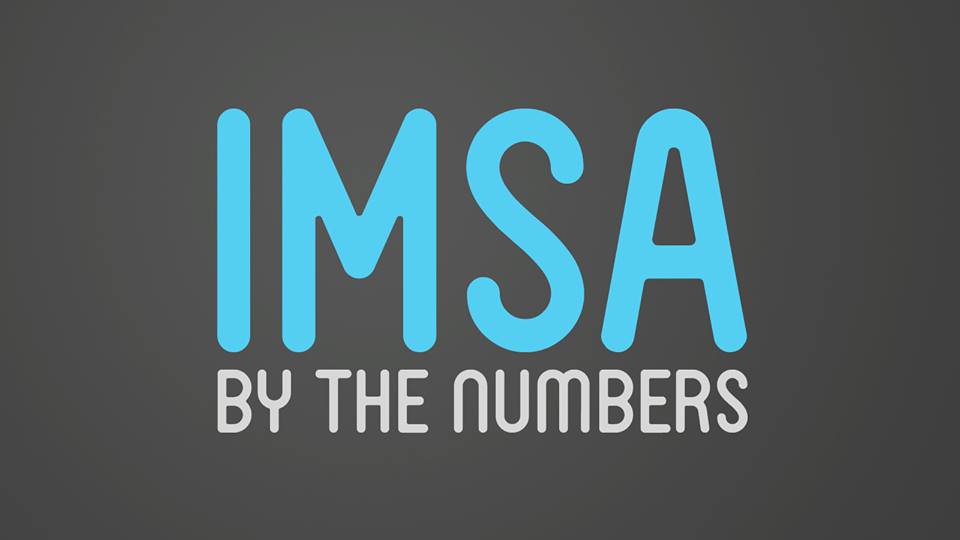Each year, as the entering class is thrust into the IMSA experience, they meet new people, try harder classes, and join extracurriculars. With the barrage of new experiences also comes the Navigation (NAV) and Leadership Education and Development (LEAD) programs. These programs aim to help students in their adjustment to the IMSA experience. However, over the years, students have raised some issues about these programs. To learn about their experiences with these programs and see the ups and downs that the sophomores had to face, The Acronym talked to some sophomores.
Last year, NAV focused more on team-building and forming bonds with the other students in one’s NAV group, as well as with their NAV leader. This came with its own flaws since the lack of a structured curriculum made the program seem too informal; it existed solely to support the sophomores, rather than required learning. However, making classes required also made the experience tedious: people didn’t want to go to classes and the material seemed supplemental. It created a negative environment for some that only built upon itself in muddled ways.
This year was very different, modeled with specific curriculum and structured learning. The sophomores learned about diversity, inclusion, pronouns, sexuality, academic opportunities, and more. Each week focuses on a specific topic, with the idea of integrating sophomores’ learning into their experiences. In addition to the new material, the NAV program still focused on building bonds with friends, which shifted more importance on attendance and engagement.
These new ideas fixed some issues, but also revealed new problems. For example, as discussed with some sophomores (who chose to remain anonymous), NAV becomes less useful over time. The program provides important material, but then provides very little information for the rest of the semester. In one instance, the sophomores learned about topics pertaining to diversity, equity, and inclusion for around three weeks before moving on to other topics. DEI is incredibly important for the sophomores to learn about, but when no new topics are introduced for nearly a month, it gets repetitive. As one student put it, “they gave us a lot of useful [information] on upcoming things happening around the school… but when they slowly move on to topics that aren’t useful at all, it makes the whole program seem stale.” Even though drastically different learning styles were tried between this year and last, the NAV experience failed to focus on the core issues that many students had with NAV in the first place.
The LEAD program strives to develop the skills necessary for sophomores’ success at IMSA, like leadership and working in groups. However, many sophomores believe that the program fails to accomplish this goal. The main problem that was heard time and time again could be traced back to the dynamic of LEAD teaching itself. LEAD classrooms sometimes create a dynamic where sophomores can openly be discontent because the LEAD facilitators have been in their shoes before. This creates a cycle of negativity: the sophomores express their discomfort with the LEAD program, and the LEAD facilitators have no choice but to accept the criticism because keeping a sense of relatability keeps the sophomores engaged. The same sophomores eventually have the chance to become LEAD facilitators, and the cycle continues. The biggest problem with this dynamic is that it’s hard to fix. The upperclassmen need to be receptive of the sophomores, but many classes could only accomplish this by lowering the productivity in the classroom and focusing instead on relating to the sophomores. No one’s completely at fault, as it takes a collective effort to make the LEAD classes a more educational environment—but do people really want to?
Despite the criticisms, LEAD isn’t without benefit. Many students found the LEAD content to be beneficial to their IMSA experience, especially the modules that dealt with working in a group. These highlighted many of the obvious skills that some sophomores were missing and developed them quickly. Upperclassmen facilitators helped students to hone in on the skills that the sophomores needed to develop, using their firsthand knowledge as a guide. So, while some may believe that making the LEAD program a stricter educational environment can only lead to more benefits, it’s possible that keeping the sense of relatability could be better when teaching the sophomores anyway.
While NAV and LEAD have their respective problems, it seems as though LEAD left a better impression on the sophomores this year. However, no matter the flaw, it’s important to recognize that the school is still providing a helpful service to some sophomores. It’s important to respect the staff and students that work towards making these programs as good as possible. While the student body can sit here and critique these issues forever, at least the NAV staff and LEAD team can say that they tried to provide a warming and welcoming environment to the sophomores. And, for that, the student body must give thanks.






Be the first to comment on "Navigation and LEAD — An Overview"